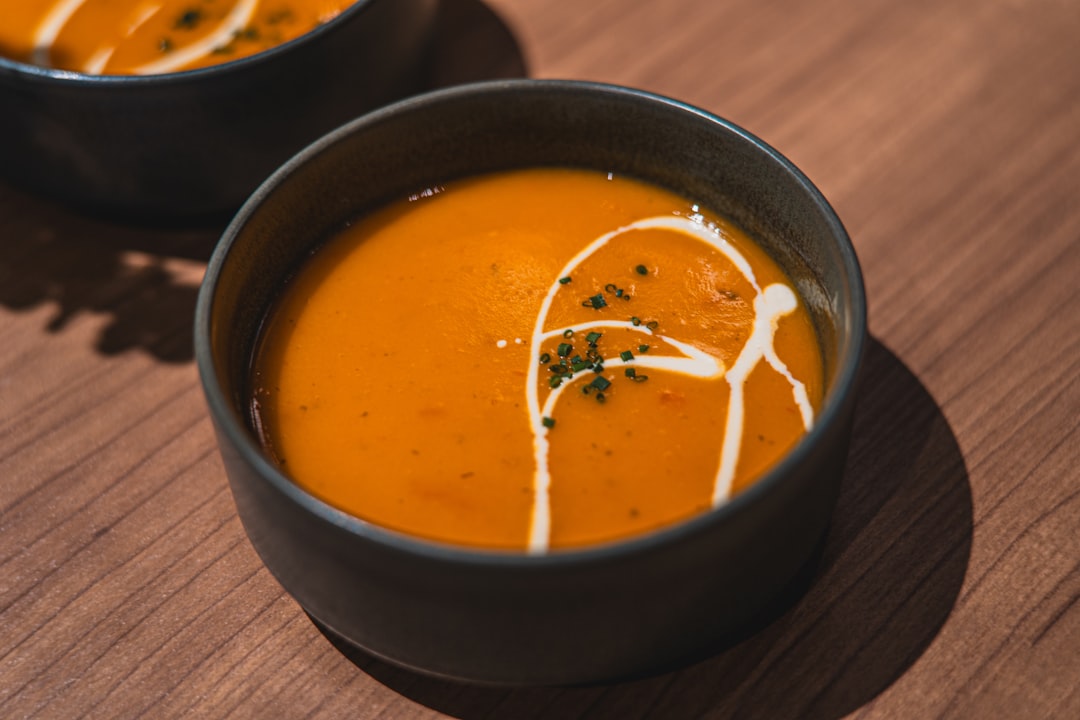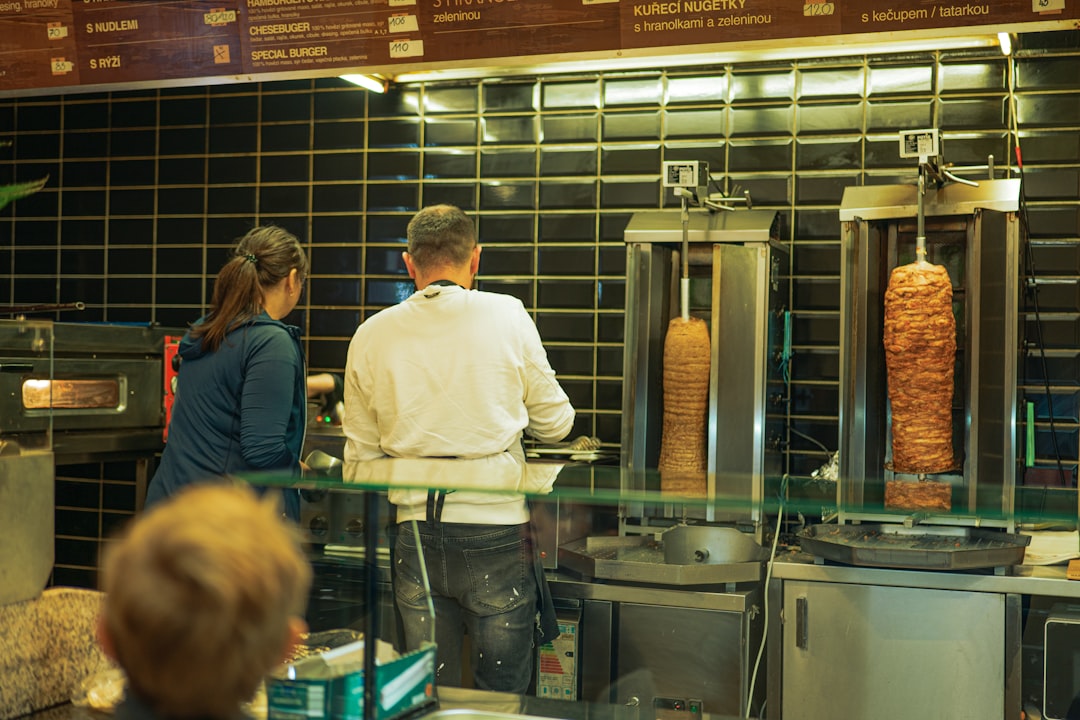In today's digital-first world, your restaurant's online presence can be as important as what's on your menu. Consider this: 82% of U.S. restaurants now use social media as their primary marketing tool, and 90% of diners check a restaurant's social media pages before deciding to visit. That's a lot of potential customers scrolling through your content before they ever taste your food.
But here's the real kicker - 45% of diners have ordered food directly through a restaurant's social media page. Your social platforms aren't just for show; they're active sales channels that can directly impact your bottom line.
The numbers don't lie. When 50% of customers try new restaurants after seeing social media posts and 22% return due to engaging content, your digital strategy becomes as crucial as your signature dish.
Let's break down how to build a social media strategy that fills seats and drives orders.
Before diving into tactics, you need to know where your audience hangs out online:
Each platform serves a different purpose in your marketing mix. Facebook excels at community building and events, Instagram showcases your visual identity, and Pinterest drives discovery among food enthusiasts.
Think of these platforms as different dining rooms in your restaurant – each with its own atmosphere and clientele. You wouldn't serve a fine dining experience at the bar, just as you wouldn't post the same content across all platforms.
This might seem obvious, but it bears repeating: 40% of diners visit restaurants after seeing food photos online. Invest in professional photography or learn basic techniques to make your dishes shine. Natural light, interesting angles, and minimal editing often work best for food.
A stunning photo of your signature dish can trigger a craving that drives immediate action. Remember, we eat with our eyes first – especially on social media.

Your social media feeds should reflect your restaurant's ambiance and personality. Use consistent filters, color schemes, and composition styles to create a cohesive look that's instantly recognizable as your brand.
This visual consistency helps create a mental connection between your online presence and the in-person dining experience. When someone walks into your restaurant after following you on Instagram, they should feel a sense of familiarity, not disconnect.
When customers post about their experience, ask permission to reshare it. This builds community and provides authentic content. Create a branded hashtag and encourage diners to use it when posting about their visits.
User-generated content acts as powerful social proof – potential customers trust the experiences of real diners more than carefully crafted marketing messages. Plus, it saves you time creating content while making your customers feel valued.
42% of customers expect responses within an hour when they reach out on social media. Quick, personalized replies to comments and messages demonstrate excellent customer service and build trust with your audience.
Think of your social media comments section as an extension of your front-of-house service. You wouldn't ignore a customer standing at your host stand – don't ignore them online either.
Contests drive engagement and follower growth. Consider hosting a photo contest where diners share their experience at your restaurant, or offer exclusive discounts for social media followers.
A well-designed contest can exponentially increase your reach as participants share your content with their networks. For example, a "Tag a friend who deserves a free dessert" campaign encourages immediate engagement while introducing your restaurant to new potential customers.
Take followers into your kitchen, introduce your staff, or show how signature dishes are made. This humanizes your brand and creates emotional connections with your audience.
People love feeling like insiders. A simple video of your chef preparing a special or your bartender demonstrating a signature cocktail creates a sense of exclusivity that can translate to in-person visits.

Plan content around holidays, local events, and food-related celebrations. These timely posts tap into existing conversations and can increase your visibility.
Create a content calendar that highlights relevant occasions for your restaurant – National Taco Day might be perfect for your Mexican cantina, while a local sports victory could call for a special celebration menu at your sports bar.
With 92% of food consumers reading online reviews before deciding where to eat, actively monitoring and responding to reviews is crucial. Thank positive reviewers and address negative feedback promptly and professionally.
A thoughtful response to a negative review can actually win you more business than a string of positive ones. It demonstrates your commitment to customer satisfaction and your willingness to make things right.
Each social platform has unique features and audience expectations. Adapt your content accordingly:
Resist the temptation to simply cross-post identical content. A 15-second food preparation clip might perform brilliantly on Instagram Reels but fall flat as a Facebook post.
While organic content builds community, paid advertising extends your reach to new audiences. Local targeting options make social media advertising particularly effective for restaurants.
With social media ad spending projected to reach $276.7 billion in 2025, strategic investment in promoted posts can help you compete in increasingly crowded feeds. Even a modest budget can yield significant results when targeted to users within a few miles of your location.
Consistency is key on social media. Create a content calendar that includes:
Research shows a mix of content performs best: 27% articles, 26% videos, and 24% images generate the highest engagement rates.
Think of your content calendar like your prep list – preparation prevents poor performance. Having a structured plan ensures you're not scrambling for content ideas or missing key opportunities to engage your audience.
Like any business strategy, your social media efforts need regular evaluation. Track these key metrics:
94% of restaurants track online reviews to refine their strategies. Use analytics tools built into each platform to understand what content resonates with your audience.
Just as you'd adjust menu items based on sales data, use social media metrics to inform your content strategy. If your behind-the-scenes kitchen videos consistently outperform your plated food photos, give your audience more of what they're responding to.
Even with the best intentions, restaurants can make mistakes on social media:
Remember that social media is a commitment, not a campaign. Sporadic bursts of activity followed by weeks of silence signal inconsistency – not a quality most diners look for in a restaurant.
The most successful restaurant social media strategies don't exist in isolation. Consider how your social presence connects with other aspects of your business:
Modern restaurant management platforms like Spindl can help streamline these connections, allowing you to manage delivery orders from social platforms alongside your other operations in a single system. This integration ensures a seamless customer experience whether they discover you on Instagram or through a friend's recommendation.
As social media continues to evolve, stay ahead with these emerging trends:
The restaurants that will thrive are those willing to experiment with new formats and technologies. When 57% of diners book reservations through social media platforms, the line between social media marketing and operational systems continues to blur.
The restaurants seeing the greatest social media success aren't necessarily those with the biggest budgets or the most followers. They're the ones consistently delivering quality content that resonates with their specific audience.
Start with the platforms where your target customers spend their time, create a sustainable posting schedule, and focus on authentic engagement. Remember that 77% of customers prefer personalized content, so take the time to understand what your specific audience wants to see.
With the right strategy and consistent execution, your restaurant's social media presence can become one of your most powerful marketing tools—turning online followers into loyal, in-person customers who keep coming back for seconds.
